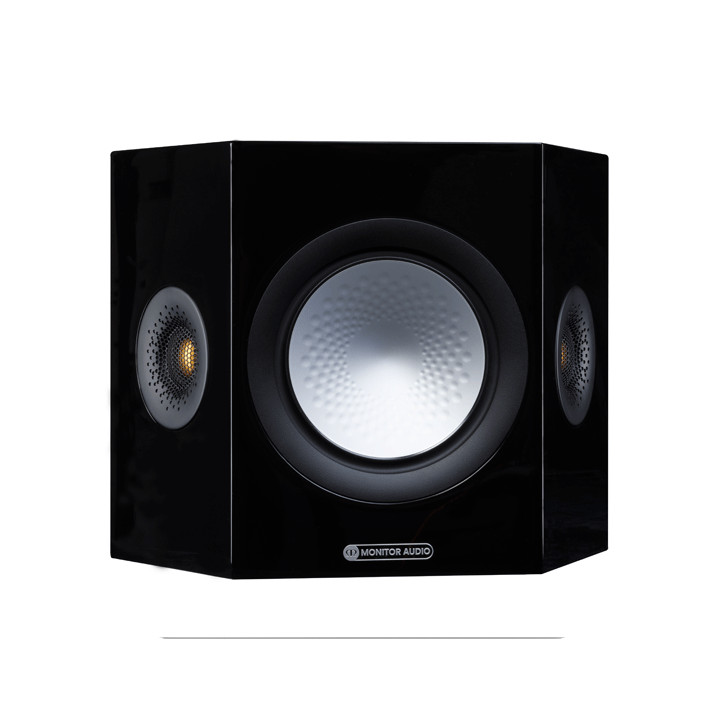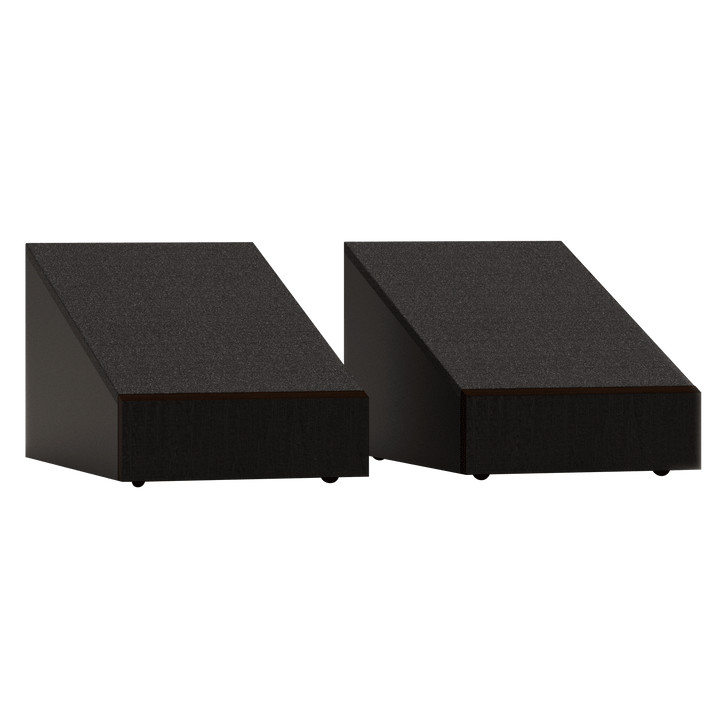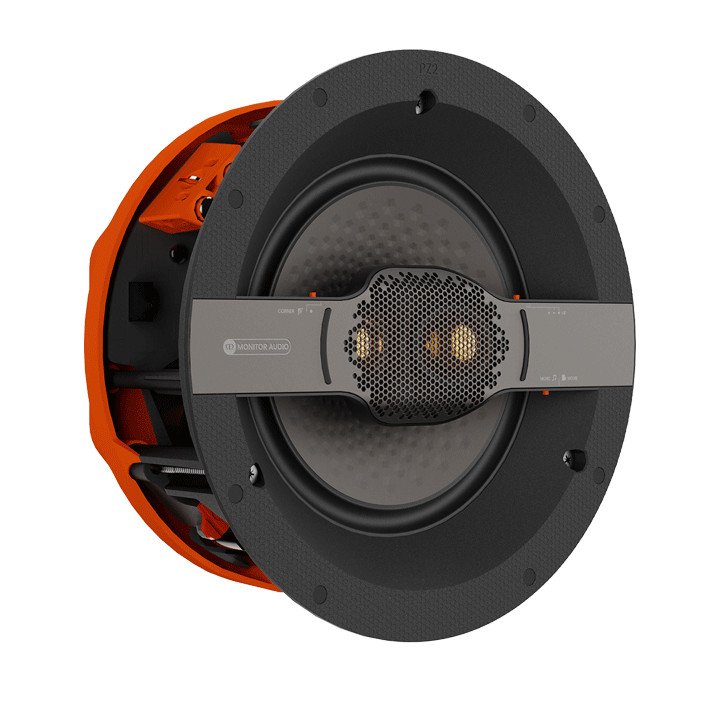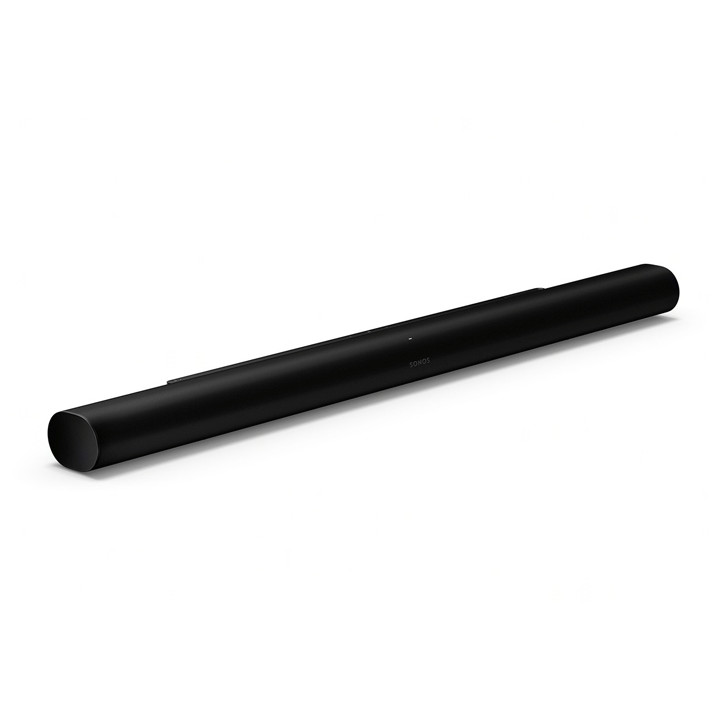Dolby Atmos Speakers

Dolby Atmos-enabled speakers
Dolby Atmos-enabled speakers direct sound upward and reflect off the ceiling to produce incredibly lifelike, overhead sound. There are two kinds of Dolby Atmos-enabled speakers: Integrated units that also include traditional, forward-firing speakers.
Dolby Atmos speaker setup
There are a few ways to bring the overhead sound of Dolby Atmos into your home:
Ceiling speakers : Speakers enabled with Dolby Atmos
A soundbar enabled with Dolby Atmos
Ceiling speakers and Dolby Atmos-enabled speakers or modules deliver equivalent performance. Dolby Atmos-enabled speakers direct sound upward and reflect off the ceiling to produce incredibly lifelike, overhead sound. There are two kinds of Dolby Atmos-enabled speakers:
Integrated units that also include traditional, forward-firing speakers
Add-on modules, containing only the upward-firing elements, that sit on top of your current speakers or on a nearby surface
A soundbar enabled with Dolby Atmos includes upward-firing speakers.
While two Dolby Atmos-enabled speakers, modules, or overhead speakers will deliver a compelling experience, we recommend using four if possible. This will deliver more precisely located and realistic overhead sounds. Whichever you choose, our setup guides will show you how to arrange your speakers for the best possible experience.
Dolby Atmos speaker layouts parallel the 5.1 and 7.1 setups for surround sound.
- A 5.1.2 or 7.1.2 system uses two ceiling speakers, or two Dolby Atmos-enabled speakers or modules.
- A 5.1.4 or 7.1.4 system uses four ceiling speakers, or four Dolby Atmos-enabled speakers or modules.
- A 9.1.2 system adds a pair of front wide speakers to a 7.1.2 layout.








